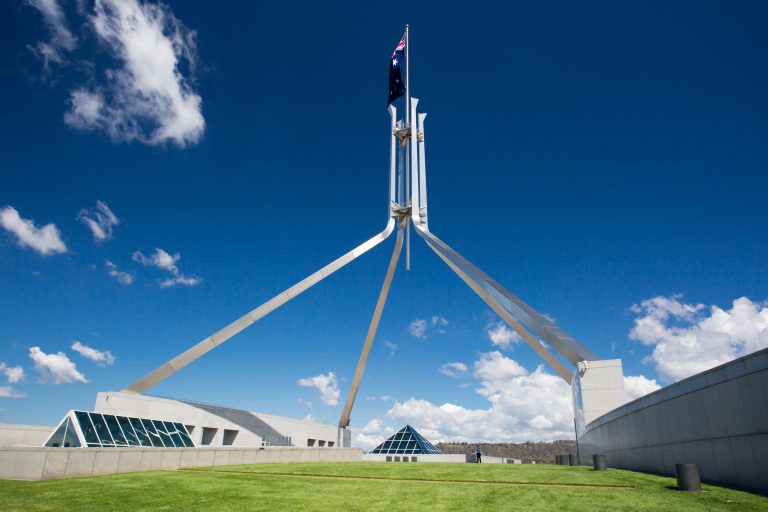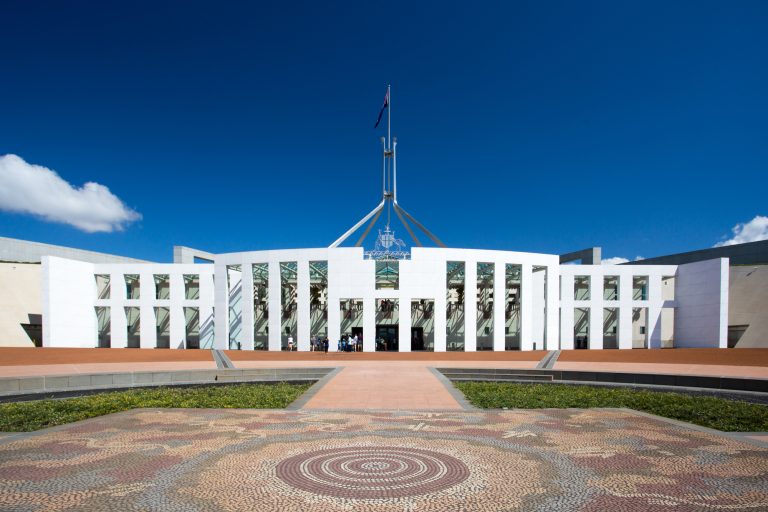Federal Budget 2023-24 Summary
Lady Luck has once again looked down fondly upon Australia, creating the first Federal Budget surplus in 15 years, through a higher tax take on record export earnings and increasing…

Lady Luck has once again looked down fondly upon Australia, creating the first Federal Budget surplus in 15 years, through a higher tax take on record export earnings and increasing…

The Federal Government has delivered a big-spending 2022 budget, taking immediate steps to reduce cost of living pressures for working Australians while implementing a range of massive infrastructure and defence…

The end of another financial year is looming, and with that may come thoughts about your tax return and how your wealth has tracked throughout the year. Whether you’re nearing…
End of content
End of content